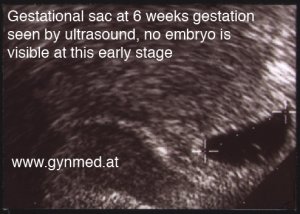Abortions are very safe when performed by qualified practitioners. Reputable research confirms that continuing a pregnancy and going through childbirth carries greater risk to a woman’s health than having a first trimester abortion. You are 14 times more likely to die in childbirth than by having an abortion.
In general, the risks of pregnancy termination increase with gestational length, which means earliest abortions are safest and childbirth is the riskiest. The risk of major complications from a first trimester abortion is 0.05 percent, and the overall rate of complications, both minor and major, is about 2-3%. Complications of childbirth are far more common – to give just two examples of serious complications, 5-6% of pregnant women in the U.S. will suffer preeclampsia, and 7% will be diagnosed with gestational diabetes. About 800 women die every day around the world from pregnancy complications, with unsafe (mostly illegal) abortion accounting for about 8-18% of those deaths.
In addition to the much greater risk of childbirth over abortion, most pregnant women will experience some unpleasant side effects for months at a time, such as morning sickness, frequent urination, hemorrhoids, constipation, bleeding gums, or other problems. Severe morning sickness, “hyperemesis gravidarum,” can be fatal without proper treatment. Among the most serious risks of pregnancy is preeclampsia (related to high blood pressure). Ten million women develop preeclampsia each year around the world, and 76,000 pregnant women die each year from preeclampsia and related hypertensive disorders. There are also contraindications to pregnancy that can significantly increase the risk for some women, such as diabetes, heart disease, kidney disease, and asthma. Factors such as a multiple pregnancy (twins) also increase risk. After birth, post-partum depression is experienced by 1 in 9 women in the U.S.
Sources:
Guttmacher Institute, Induced Abortion Worldwide (2016)
Government of South Australia, Myths and Facts About Abortion
Obstetrics & Gynecology, The comparative safety of legal induced abortion and childbirth in the United States (2012)
American Pregnancy Association, Pregnancy Complications
Johns Hopkins Bloomberg School of Public Health, Complications of Pregnancy
Centers for Disease Control and Prevention (CDC), Depression of Women Among Reproductive Age
Preeclampsia Foundation, Preeclampsia and Maternal Mortality: a Global Burden





